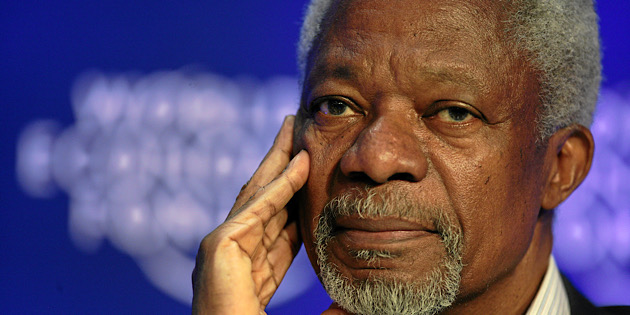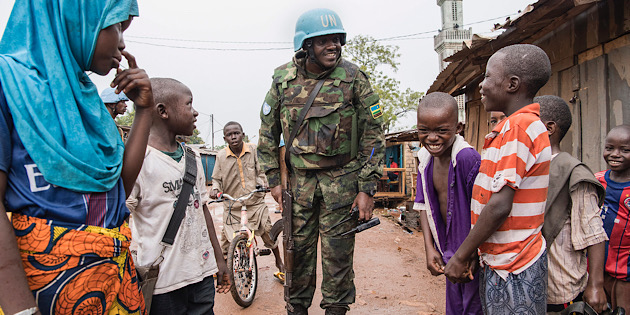 Image courtesy of World Economic Forum/Flickr. (CC BY-NC-SA 2.0)
Image courtesy of World Economic Forum/Flickr. (CC BY-NC-SA 2.0)
This article was originally published by Political Violence at a Glance on 30 April 2020.
In 2013, during the 50th anniversary of the Organization of African Unity (now known as the African Union), African leaders solemnly declared their aim to “silence the guns” in Africa by the end of 2020. Consequently, silencing the guns—ending armed conflict—is the African Union’s theme for 2020, with high-level discussions on how to implement this goal throughout the year.



